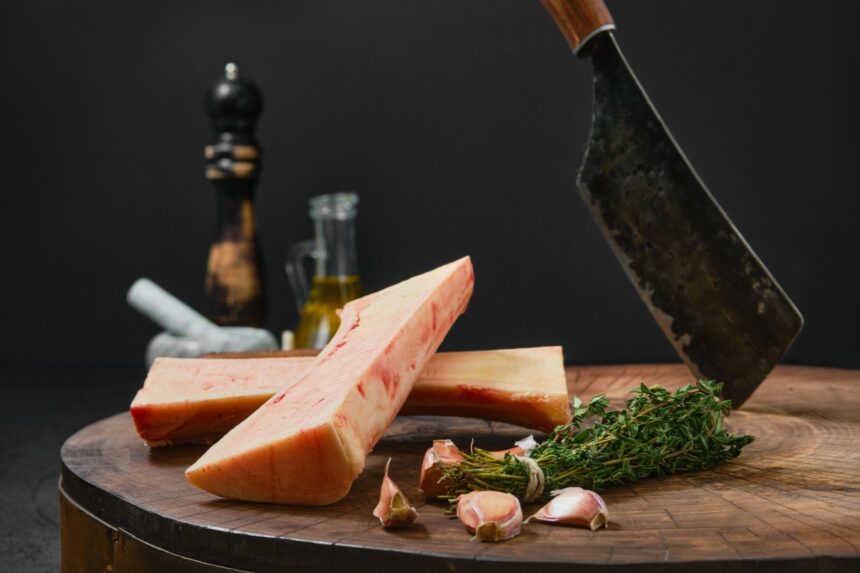Food is not just a source of nourishment; it’s a means of pleasure and sustenance. While culinary experimentation and trends often encourage us to explore various cooking styles, there are certain foods that should never be consumed raw or half-cooked. Why? Because doing so can expose you to a host of harmful bacteria, pathogens, and toxins that can wreak havoc on your health. In this blog, we’ll delve into some of these foods, explaining why they should always be thoroughly cooked to ensure your safety.
Poultry
Raw or undercooked poultry, such as chicken and turkey, is a breeding ground for bacteria like Salmonella and Campylobacter. These pathogens can cause severe food poisoning, resulting in symptoms like nausea, vomiting, diarrhea, and abdominal cramps. To eliminate these risks, make sure to cook poultry until it reaches an internal temperature of 165°F (74°C).
Pork
Pork is another meat that should never be consumed raw or undercooked. Trichinella spiralis, a parasite commonly found in pork, can cause trichinosis, a potentially serious infection. To destroy this parasite and other harmful bacteria, pork should be cooked to an internal temperature of 145°F (63°C).
Eggs
While eggs are a versatile ingredient, consuming them raw or with a runny yolk can pose significant health risks. Raw eggs can carry Salmonella, a bacteria responsible for many cases of foodborne illness. To enjoy eggs safely, ensure they are cooked thoroughly until both the whites and yolks are firm.
Seafood
Raw or undercooked seafood, including fish and shellfish, can expose you to various pathogens and parasites. One of the most well-known risks is Vibrio bacteria, which can lead to severe gastrointestinal issues. To eliminate these risks, it’s crucial to cook seafood thoroughly. Fish should be opaque and flaky, while shellfish should be cooked until the shells open (discard any that don’t).
Sprouts
Sprouts may seem like a healthy addition to salads and sandwiches, but they can be a breeding ground for bacteria like E. coli and Salmonella. These pathogens can be challenging to wash away completely due to the way sprouts grow. Cooking sprouts is the safest way to enjoy them while minimizing health risks.
Ground Meat
Ground meat, such as beef, pork, and poultry, can contain harmful bacteria on the surface. When meat is ground, these bacteria can be mixed throughout the product, making it essential to cook ground meat thoroughly to kill any potential pathogens. Ground beef, for example, should reach an internal temperature of 160°F (71°C).
Wild Mushrooms
While many mushrooms are safe to eat, some wild varieties can be toxic when consumed raw or undercooked. Toxic mushrooms can cause symptoms ranging from mild gastrointestinal distress to life-threatening organ failure. To ensure safety, always cook wild mushrooms before consumption.
Beans
Raw beans, such as kidney beans and fava beans, contain a naturally occurring toxin called lectin. Consuming raw or undercooked beans can lead to symptoms like nausea, vomiting, and diarrhea. To neutralize lectin and make beans safe to eat, they should be soaked and cooked thoroughly.
Conclusion
While culinary trends and personal preferences may encourage experimentation with raw or undercooked foods, it’s essential to be aware of the potential risks. Consuming certain foods in their raw or half-cooked state can expose you to harmful bacteria, pathogens, and toxins that can lead to foodborne illnesses and serious health complications. To safeguard your health and enjoy your meals to the fullest, always follow recommended cooking guidelines and ensure that these potentially risky foods are thoroughly cooked before they make their way to your plate. Remember, it’s better to be safe than sorry when it comes to your health and well-being.







